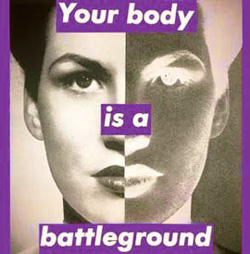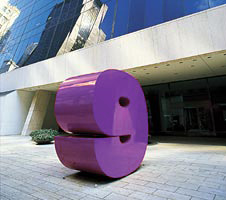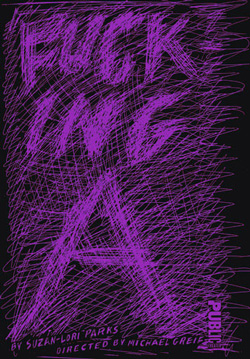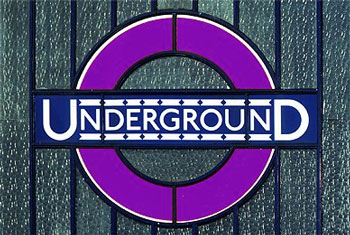Beginnings of school years are usually accompanied by frantic trends that all kids try to adhere by; from Dukes of Hazzard lunchboxes to Trapper Keepers to hip-huggers to iPods. This year, it is teachers who are sporting a new trend: purple pens. In an effort to make failing papers less stressful for students, teachers are foregoing the time-tested red pen to grade and mark assignments, papers and exams.
— Leatrice Eiseman, Director of the Pantone Color Institute
“Soften the blow”? Failing is not a good thing, why should it be softened? Are red Fs scarring kids for life? I got plenty of them and I think I’m faring rather well these days. This is political correctness at its best. No, at its worst.
— Debbie Levin, 8th Grade Teacher
Life is hard, OK? And it gets harder as one gets older and has more responsibilities, no one will be softening any blows. And schools want to prepare kids for life (where disappointments and hardships abound) by dressing down Fs in purple?
— Katie Daniel, 4th Grade Student, Tampa’s Roosevelt Elementary
Maybe this will create a future generation immune — or worse, with a strong aversion — to red. Red is passion, love, danger, blood. Red is Little Red Riding Hood. Red is Communism. Red is Mars. Red is PMS 180. Red is intrinsic to the visual development of our world. Red can not be ignored because it is too harsh on kids.
Can you imagine a world where purple replaces red? If, as designers, we had to resort to purple to grab people’s attention? What if we had to change…
the magazines we read
the artists that stir us
the brands around us
the brands of those that create the brands
the icons of a city
the essence of a poster
the signs that alert us
the colors of a nation
Red is essential. Red is strong. Red is harsh.
Red can’t be softened.

















Maybe the Pentagon should look into this trend. I'm sure war would seem much more positive if our soldiers bled purple instead of red.
I can see 10 years into these kids' future. "I don't understand why I didn't get into Harvard. All my F's were purple, not red! I thought that meant I was improving."
ROYGBIV becomes OY GBIV. Oy indeed.
On Nov.13.2004 at 05:49 PM